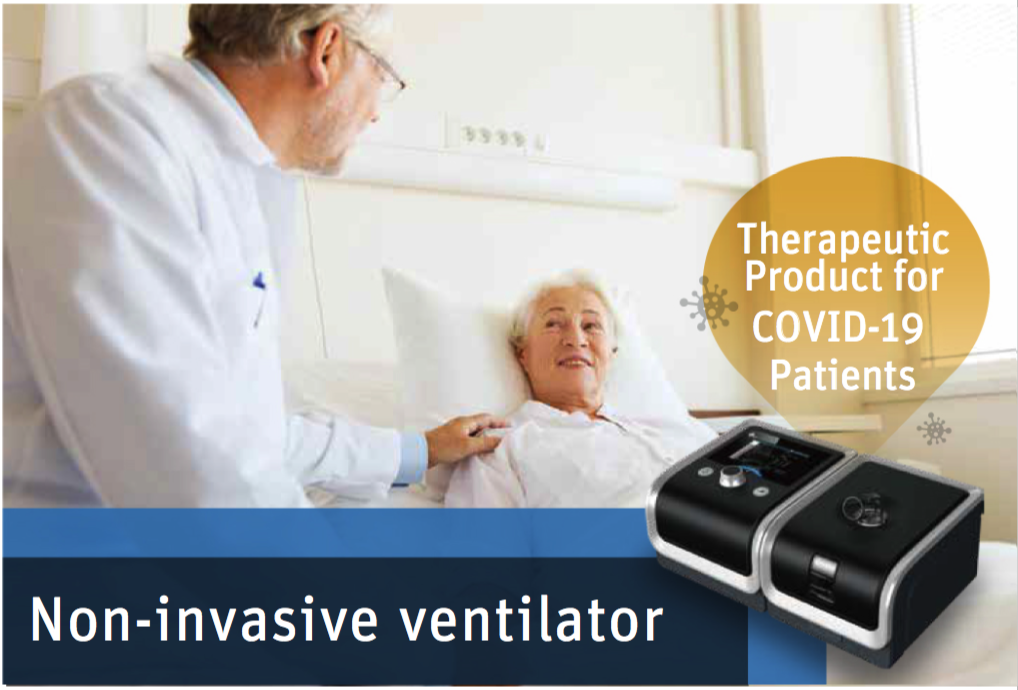
US FDA authorized ventilator for continuous minimal ventilatory support, facility use.
(Target Tidal Volume Function)
Bi-level PAP (Bi-level Positive Airway Pressure) device intended to provide non-invasive ventilation for patients with Respiratory Insufficiency. It is intended for adult patients by prescription in the home or hospital/institutional environment. With its Target Tidal Volume function and other excellent comfort features and effective performance, it offers each patient personalized ventilation support.
Somata Genesis, Inc.
Exterior Design
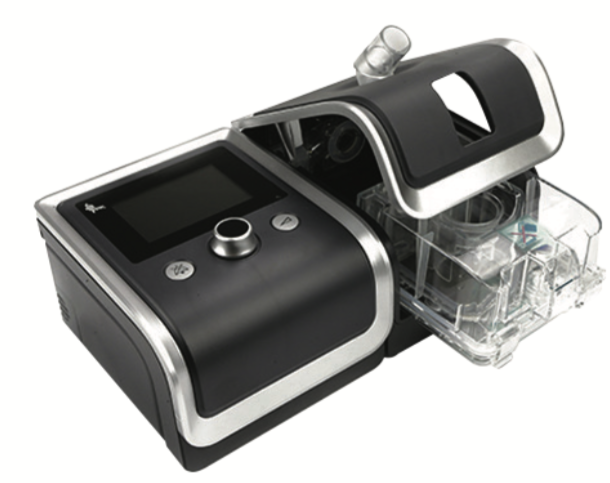
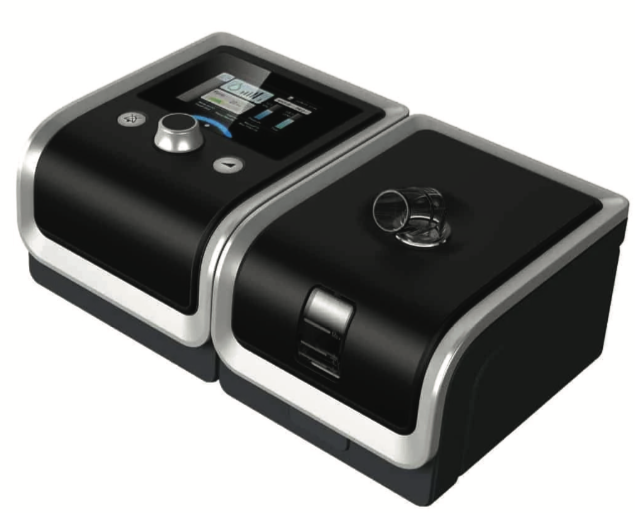
Bi-level ventilator technical parameter table
| Ventilator Type |
|
||||||||||||||||||||||||||||||||
| UI | 3.5-inch LED screen, Chinese operating system | ||||||||||||||||||||||||||||||||
| * Ventilation mode | CPAP, S, S / T, T | ||||||||||||||||||||||||||||||||
| Pressure range |
|
||||||||||||||||||||||||||||||||
| Parameter settings |
|
||||||||||||||||||||||||||||||||
| * Titration function | Support manual and automatic pressure titration, built-in remote wireless communication module, complete single and dual level switching at will during the titration, and control more than 11 ventilator parameters at the same time. | ||||||||||||||||||||||||||||||||
| Auxiliary function | Automatic leak compensation, automatic startup, automatic shutdown, delayed shutdown, screen backlight adjustment | ||||||||||||||||||||||||||||||||
| Monitoring parameters | Pressure, tidal volume, breathing rate, minute ventilation, leak volume, inspiratory time, blood oxygen saturation | ||||||||||||||||||||||||||||||||
| Wave curve | Pressure-time waveform, flow-time waveform | ||||||||||||||||||||||||||||||||
| Alarm prompt | Tubes and masks falling off, air leakage prompts, power interruption, treatment machine failure, humidifier failure, low voltage, high breathing rate, low breathing rate, low minute ventilation, low blood oxygen, replacement of filter cotton, SD card full Reseat SD card | ||||||||||||||||||||||||||||||||
| * Data management |
|
||||||||||||||||||||||||||||||||
| Accessories |
|
||||||||||||||||||||||||||||||||
| noise | ≤30dB | ||||||||||||||||||||||||||||||||
| Environmental conditions |
|
||||||||||||||||||||||||||||||||
| operating hours | ≥8 hours | ||||||||||||||||||||||||||||||||
| Power requirements |
|
||||||||||||||||||||||||||||||||
| Waterproof level | IP22-anti-drip device | ||||||||||||||||||||||||||||||||
| Instrument size | 290mm × 180mm × 134mm | ||||||||||||||||||||||||||||||||
| Weight | 1.5kg (excluding humidifier) 2.5kg (including humidifier) |
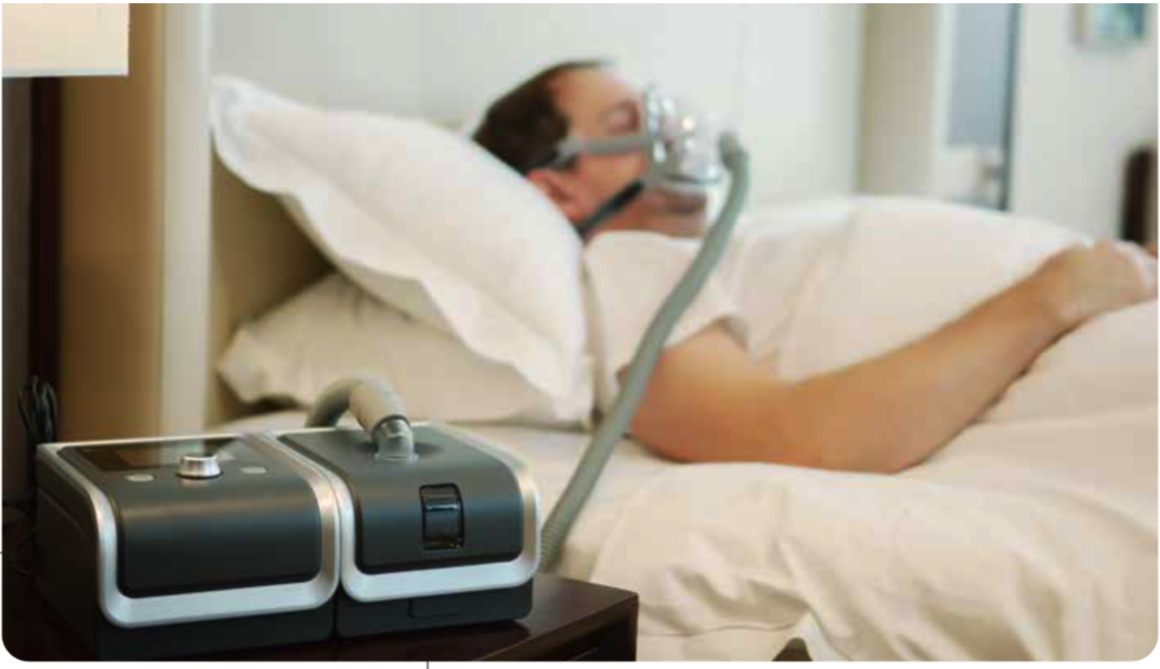
The following recommendations pertain to adult and paediatric patients with ARDS who are treated with non-invasive or high-flow oxygen systems. High-flow nasal oxygen (HFNO) should be used only in selected patients with hypoxemic respiratory failure. Non-invasive ventilation (NIV) should be used only in selected patients with hypoxemic respiratory failure. Patients treated with either HFNO or NIV should be closely monitored for clinical deterioration.
–Reference Clinical management of severe acute respiratory infection (SARI) when COVID-19 disease is suspected
Treatment of severe and critical cases:
a. Treatment principle: Based on symptomatic treatment, actively prevent complications, treat basic diseases, prevent secondary infections, and provide organ function support in a timely manner
b. Respiratory support:
(a) Oxygen therapy: Severe patients should receive nasal cannula or mask to inhale oxygen and evaluate in time whether respiratory distress and / or hypoxemia is relieved.(b) High-flow nasal cannula oxygen therapy or non -invasive mechanical ventilation: When patients have respiratory distress and / or hypoxemia cannot be relieved after receiving standard oxygen therapy, high -flow can be considered Nasal catheter oxygen therapy or non-invasive ventilation. If the condition does not improve or worsens within a short time (1 to 2 hours ), tracheal intubation and invasive mechanical ventilation should be performed in time.
— Reference Diagnosis and treatment of pneumonitis for a new coronavirus infection (Trial Version 7)
Humidifier
- Eco Smart heating system with innovative dual water chambers design delivers accurate water quantity control with real time compensation, ensuring excellent humidifying capacity and improves comfort.
- Easy to take off and clean.
- Function to prevent overheating when water is out.
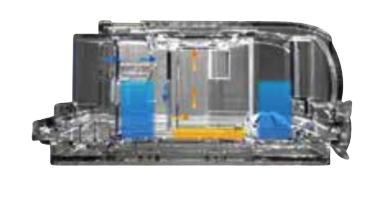
Inspiratory / Expiratory sensitivity
8 grades of I Sens and E Sens optimize the compliance of machine with the patient.
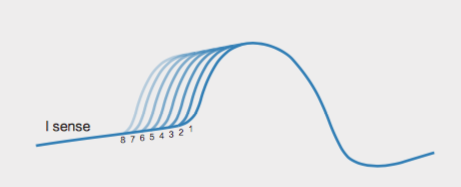 |
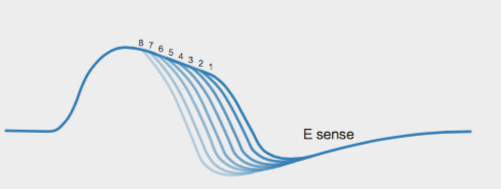 |
S/T Mode
Machine complies with patient breathing. However, if there is no inhalation for a certain period of time, the machine will give a forced ventilation to ensure the minimum ventilation.
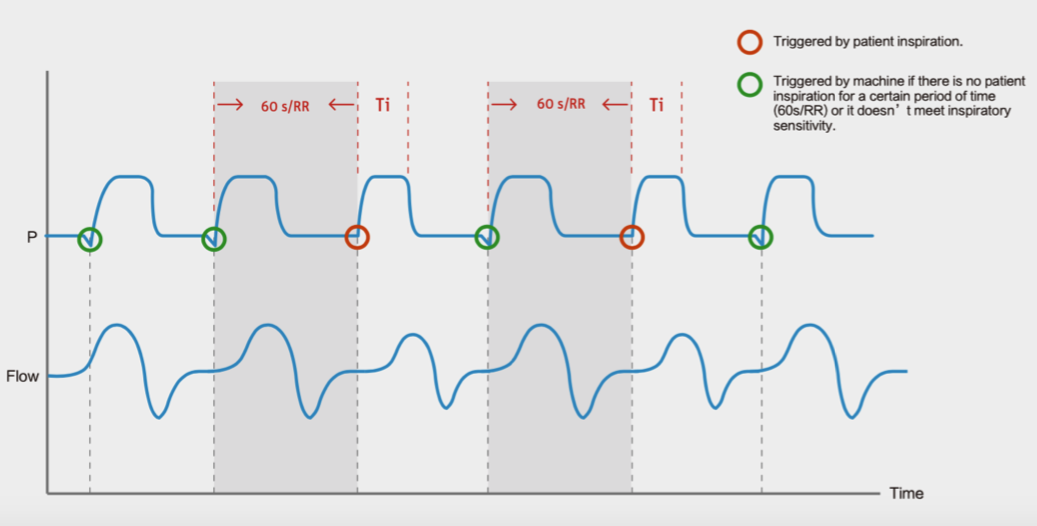 |
Target Tidal Volume FunctionOptimize IPAP according to mean Vt of last 5 breathings and prescribed Target Vt. Larger difference between mean Vt and
|
|
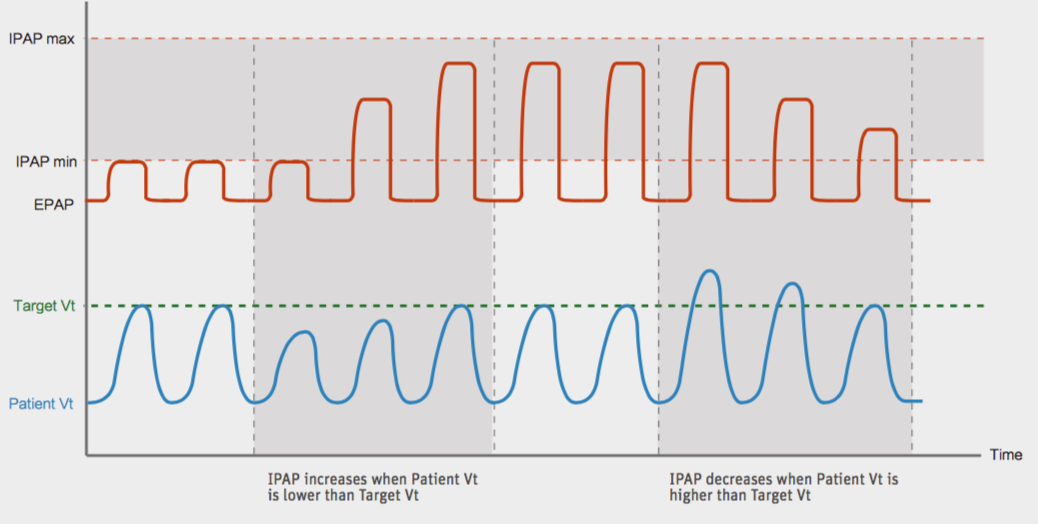
Auto Leak Compensation
The machine detects the leaks during treatment in real time and adjusts the baseline to ensure correct triggering and related functions.
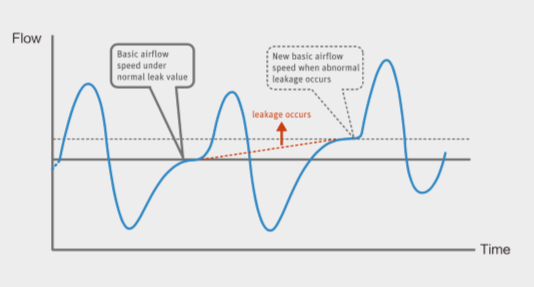
Inspiratory time control
Tim min and Ti max could be set independently, avoiding insufficient ventilation due to short inspiratory time. At the meantime, cases can be prevented where expiratory sensitivity is unable to meet due to large leaks.
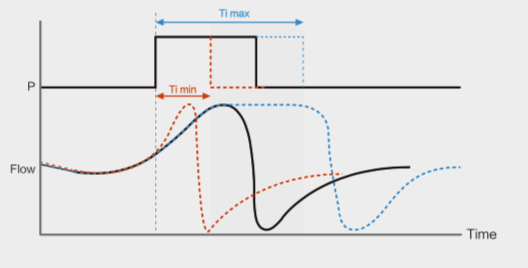
Data Management
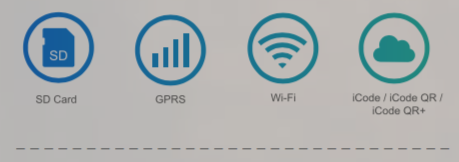
Various way of therapy report review
- Quick Report through Device Screen
- Phone App
- Cloud Platform
- Web App
- Data Analysis Software (PC software)
- Software web version
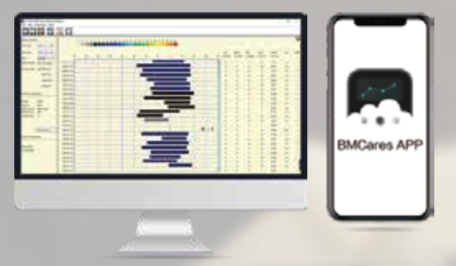
Alarms to make therapy reliable
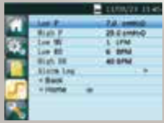 |
Various visual and auditory alarming – Leak, High/Low RR, High/Low Pressure, Low Minute Ventilation, Low SpO2, Power Failure, etc. |
3.5-inch LCD screen
Real time display – Pressure (waveform), Flow (waveform), Vte, Respiratory Rate, Minute Ventilation, Leak, Inspiration Time. |
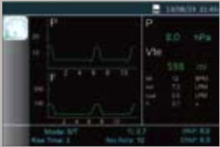 |
15 Languages
English / Español / Português / Deutsch / 中文(简体) / Français / Polski / Italiana / Türk / Русский / Nederlands / Ελληνικά / 한국어 / Magyar / ไทย
Full therapy solution
|
|
Benefits of monitoring & supporting through cloud platform and patient self-management
A 12-month study in the United States in disease management such as strengthened education, follow-up in patients with chronic obstructive pulmonary disease, showed that:
|
Dewen and other studies have found that multi-dimensional integrated management in patients can effectively reduce the medical cost of COPD by about 11.7% per person.
|
*Studies and researches above are listed as clinical references only, which were not conducted with BMC products.
Model Comparison
| Specs. | IPAP: 4 – 30 hPa EPAP: 4 – 25 hPa CPAP mode: 4 – 20 hPa |
3.5-inch | CPAP, S, T, S/T |
General Info
Dimensions: 170 mm × 180 mm × 118 mm
290 mm × 180 mm × 134 mm (with the humidifier)
Weight: 1.5 kg
2.5 kg (with the humidifier)
Water capacity: 350 mL at recommended water level
RampThe ramp time ranges from 0 to 60 minutesHumidifierHumidifier Settings: off, 1 to 5 (95°F to 167°F / 35°C to 75°C) Humidifier Output: No less than 10 mg H2O/LSpO2Range: 0 to 100%Pulse RateRange: 40 to 240 BPMSound Pressure Level< 30 dB, when the device is working at the pressure of 10 hPa
|
StorageSD card can record patient data and fault informationAC Power Consumption100 – 240 V AC, 50/60 Hz, Max 2 AKey ParametersTarget Vt: On/ Off 150~1500 mL
|
